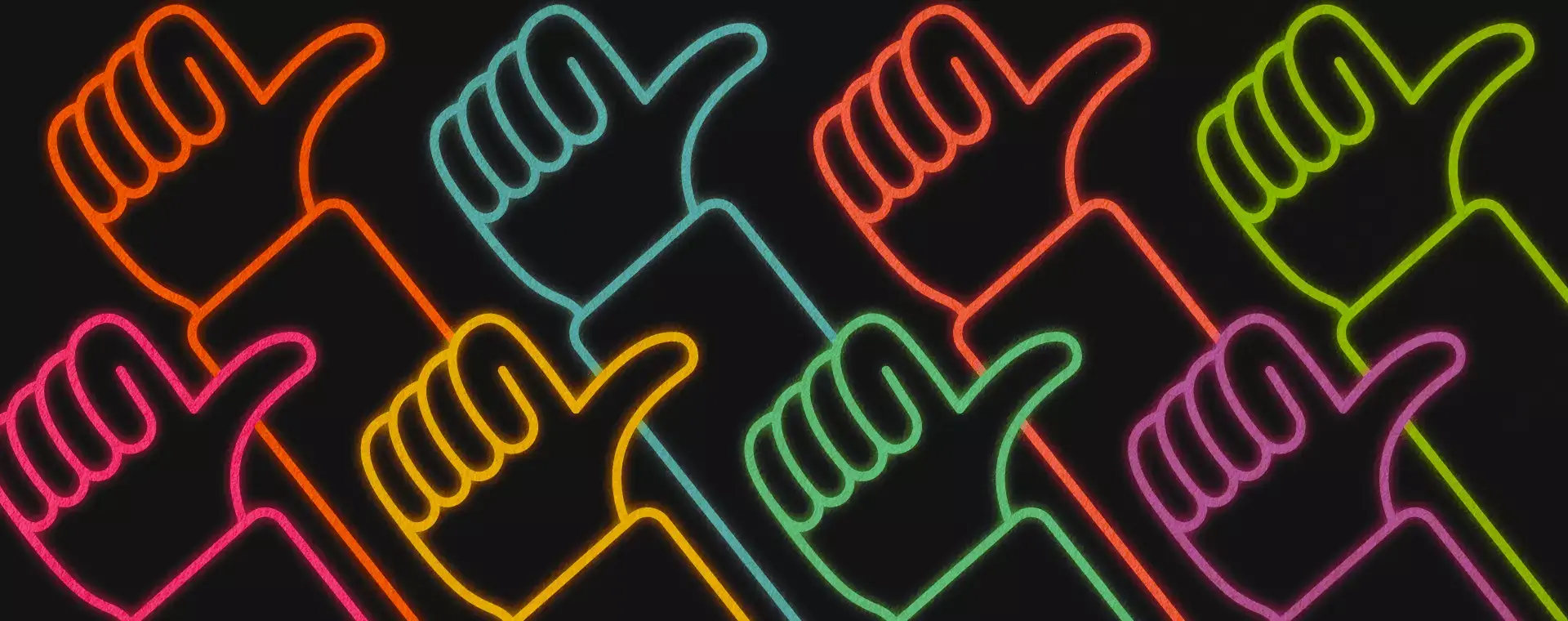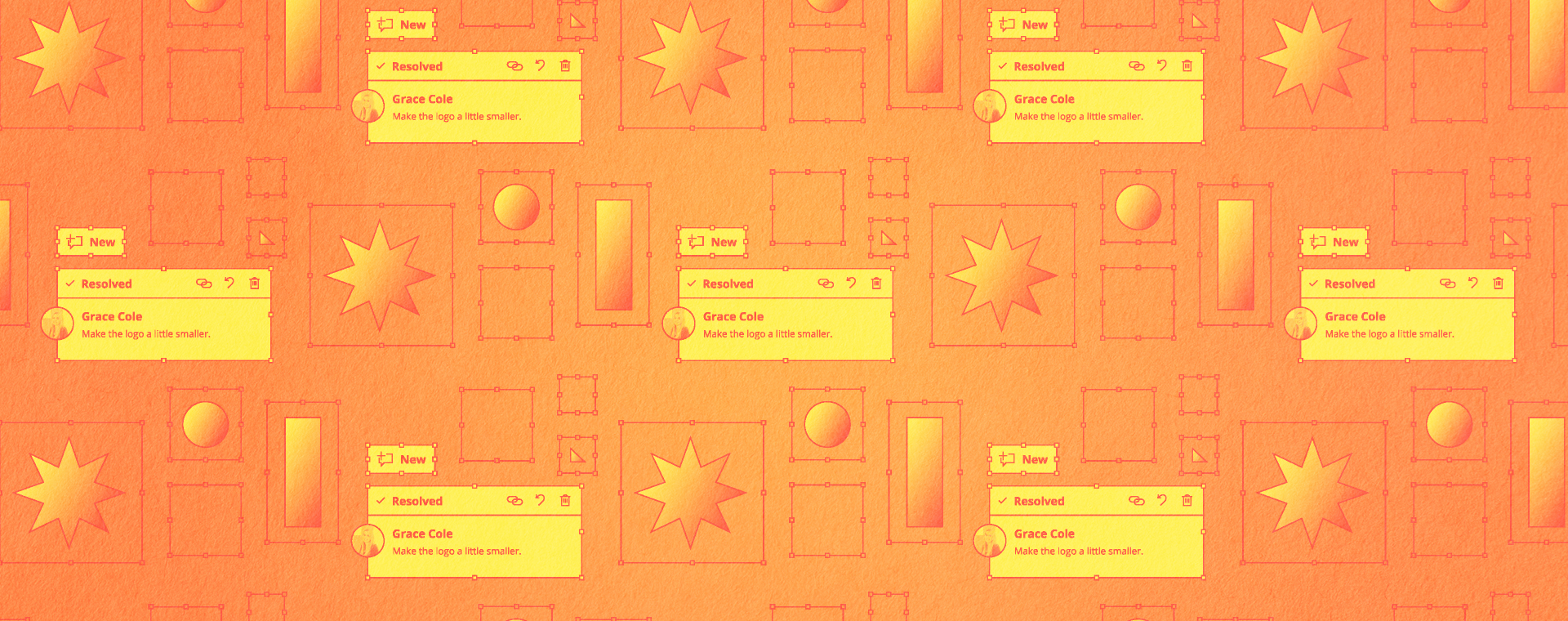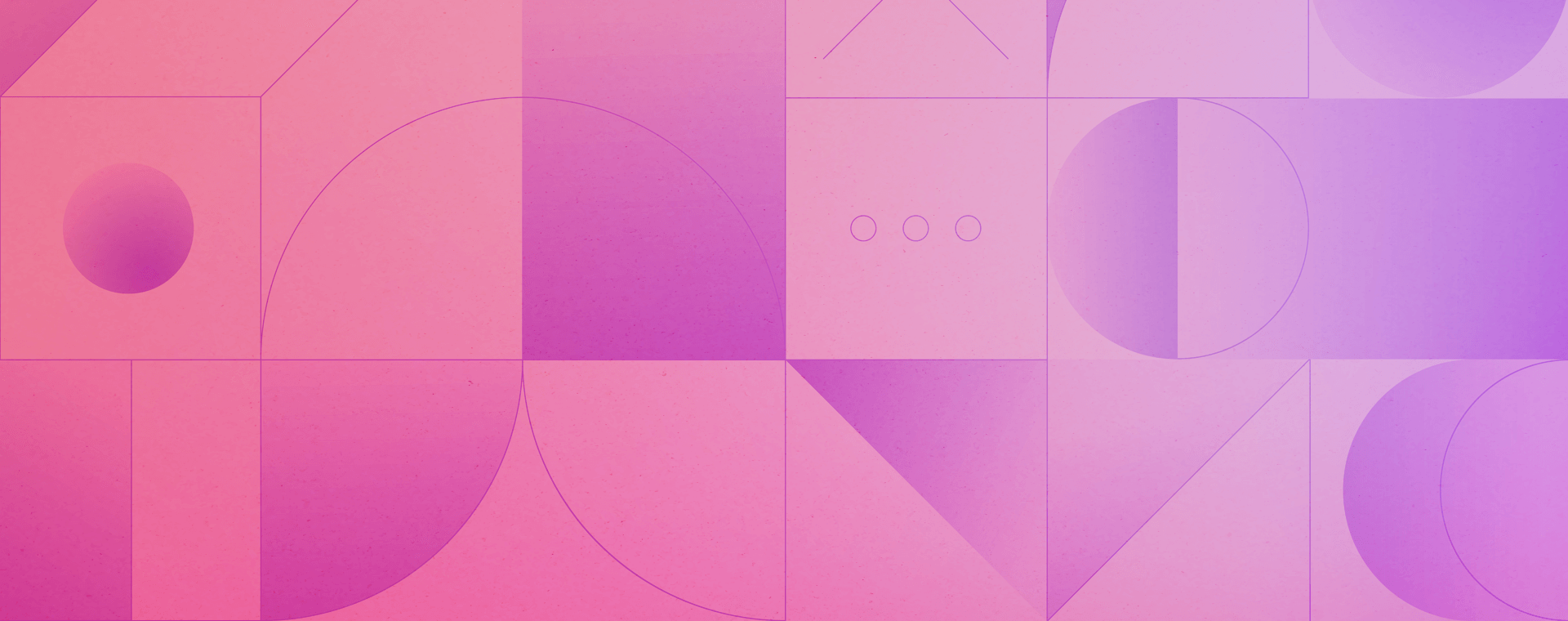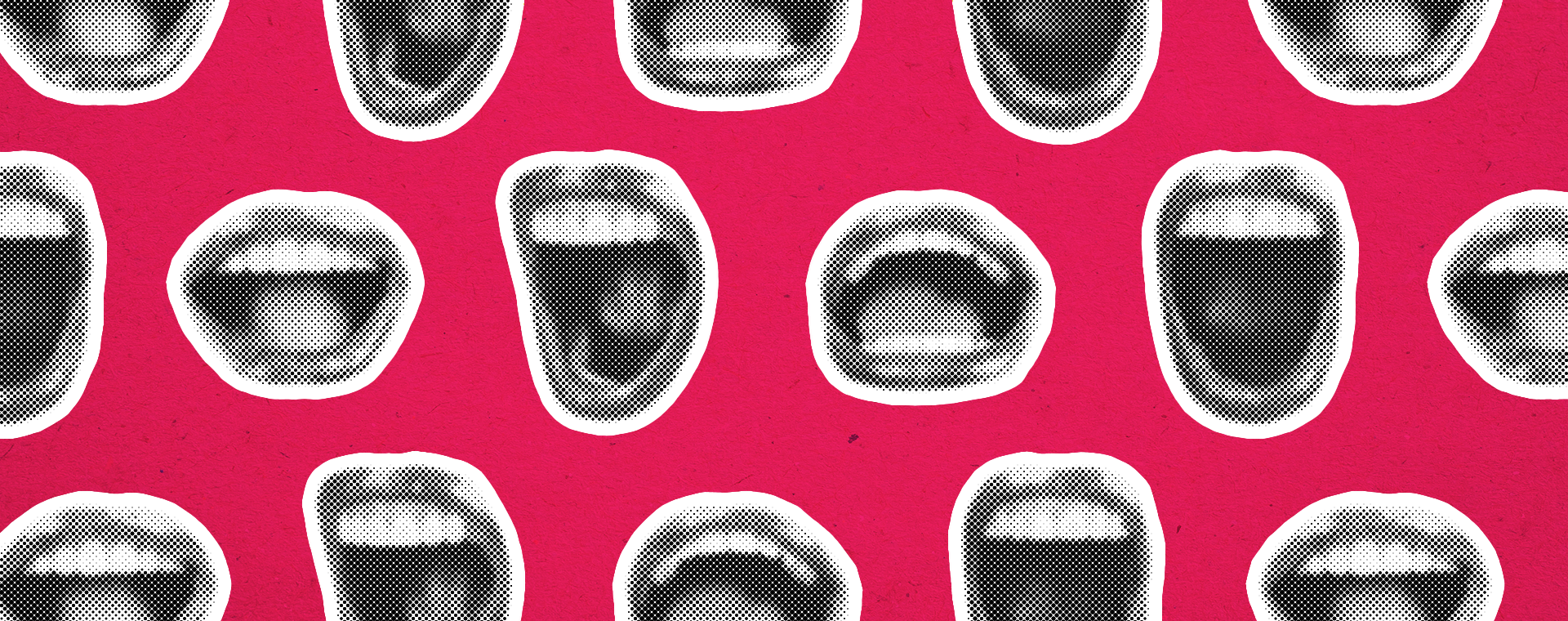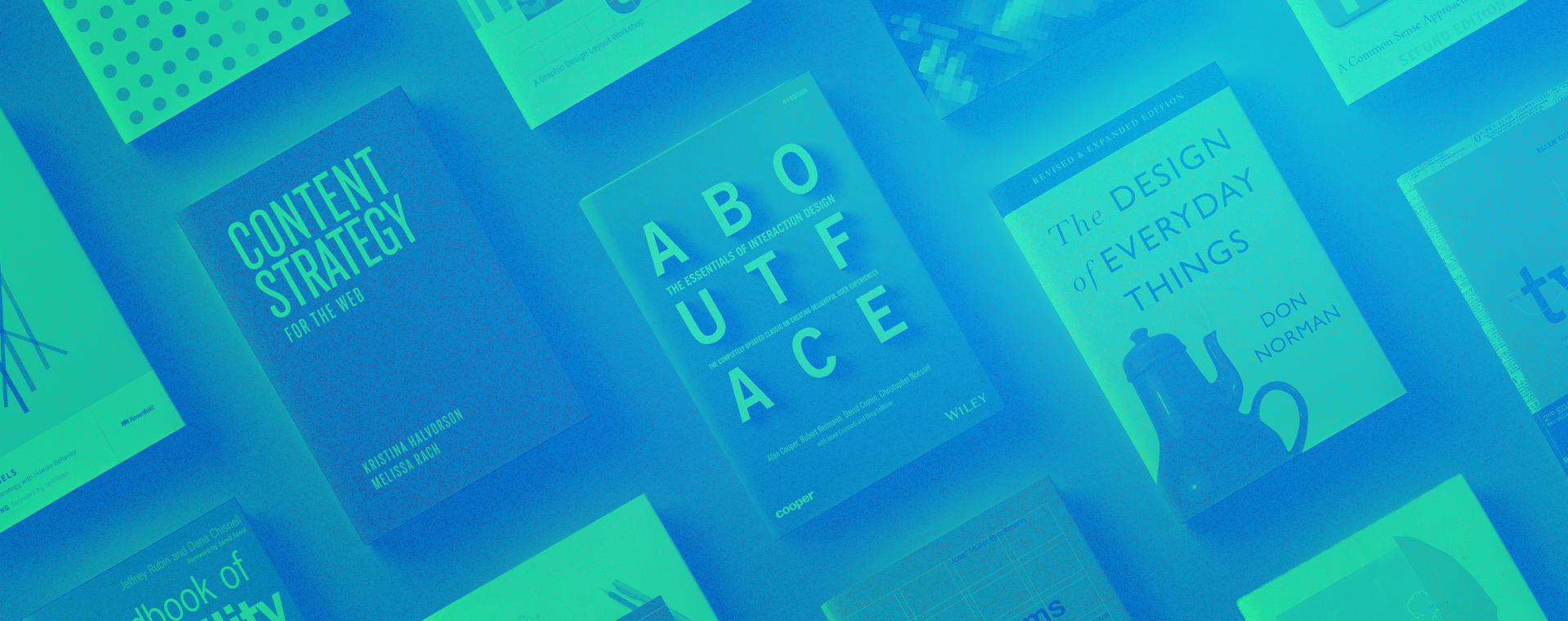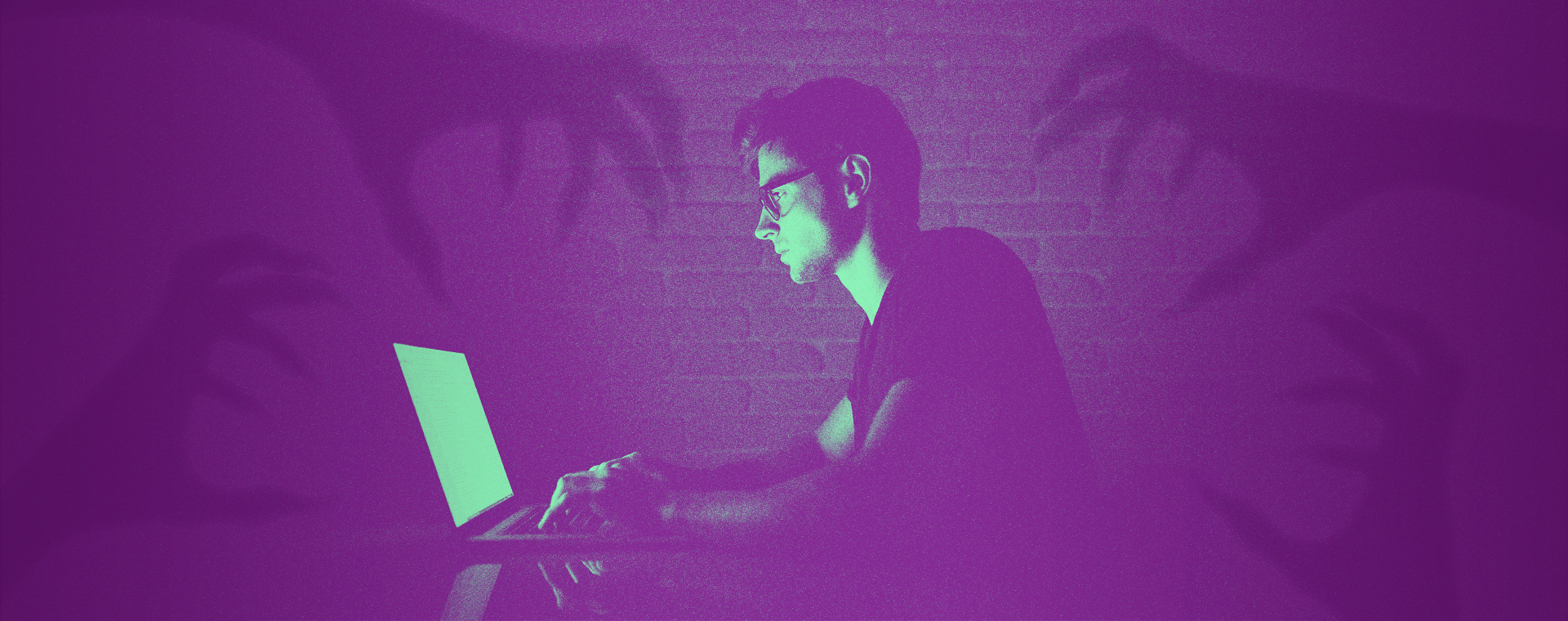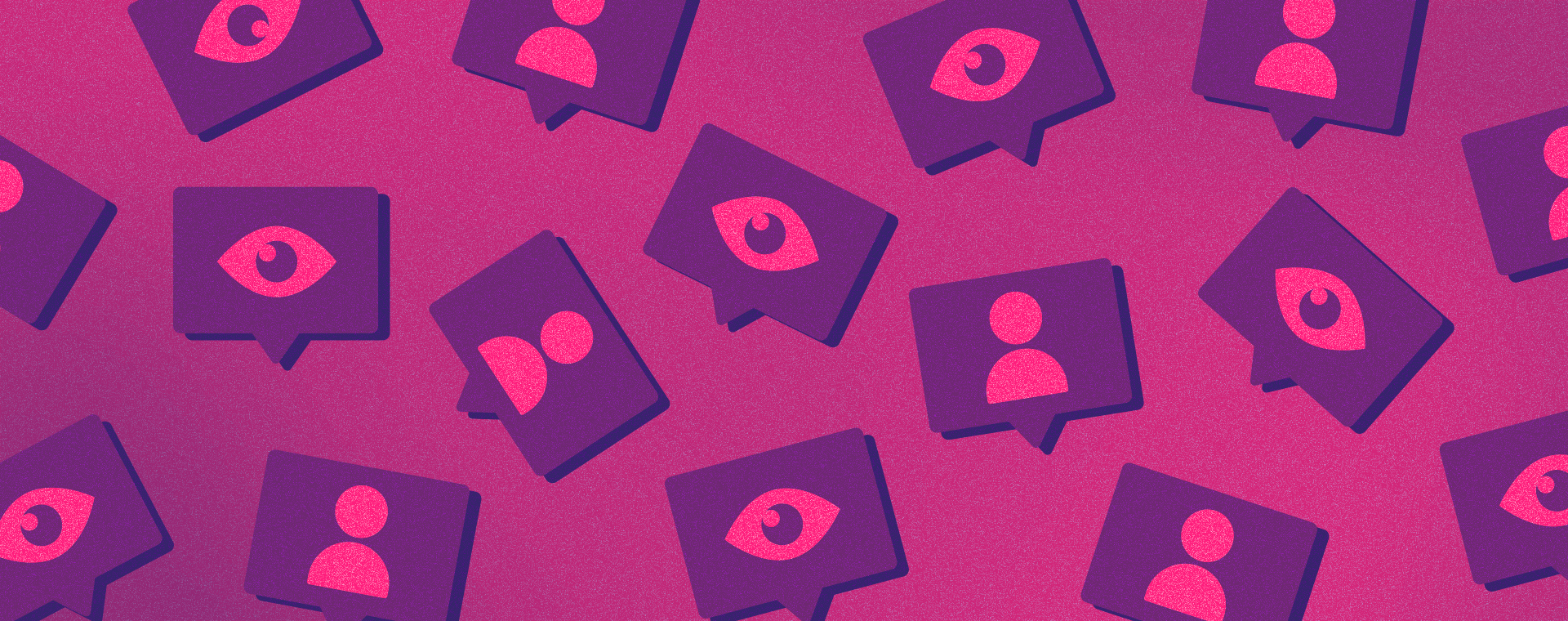A design brief is a document used to understand a company’s challenges, values and objectives before designing a website, logo, or any other promotional marketing materials. It ensures both parties are on the same page and that the end result will exceed the client’s expectations. In a circumstance where your designer is in-house like ours, a long formal design brief can seem unnecessary. You might think the statement, “I’m giving you the creative freedom to do what you want” is music to a designer’s ears, but we need at least some direction to get our gears turning. Here are a few topics to cover the next time you need to “brief in” your designer, so they aren’t left feeling uncertain.
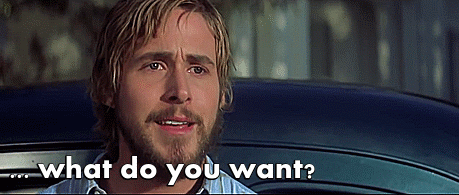
A Company Overview
Provide as much background information about the company as possible.
- What does the company do?
- What products or services do they sell and what problems do they solve?
- What are their core values?
The Target Market
Give a few details on the audience the design needs to reach.
- What age group does the design need to appeal to? (eg. millennials age 30 – 40)
- Will it target men, women, or both?
- What activities does the target market enjoy doing? (eg. being outdoors)
Make a list of the competitors and/or similar businesses.
- What are they doing in the marketplace?
- What do you like or dislike about them?
- How are you different?
Your Vision
It’s okay if your vision isn’t clear and you’re looking to the designer for direction. But, the more ideas and information, the better! A few ways to explain your vision could be:
- Examples of similar designs you like or dislike
- Providing imagery or illustrations that could be included or used as inspiration
Your Goal
Summarize what the overall goal of the design project is.
- Is it to sell more products or services?
- Develop brand awareness?
- Increase website traffic?
The Mood to Convey
Explain what feeling or message the design needs to communicate. It may seem silly but this detail can make a big impact on the style, colours and fonts used by the designer.
- Excitement or sadness?
- Modern or traditional?
- Elegant or bold?
The Deliverables
If there are various deliverables, the same design will need to be carried throughout. Prepare your designer ahead of time to allow them to create a design that will translate successfully to different mediums or dimensions.
- What social media platforms will it be used on? (ex. Social media platforms’ ad specifications vary in size)
- Is this design specifically web-based, print, or both?
- Will this brochure design need to translate into a poster?
Timeline
Give your designer a detailed schedule of the project stages and set realistic deadlines for completion. Be sure to take into account the various stages of the design process such as concept development, production, revisions and delivery.
